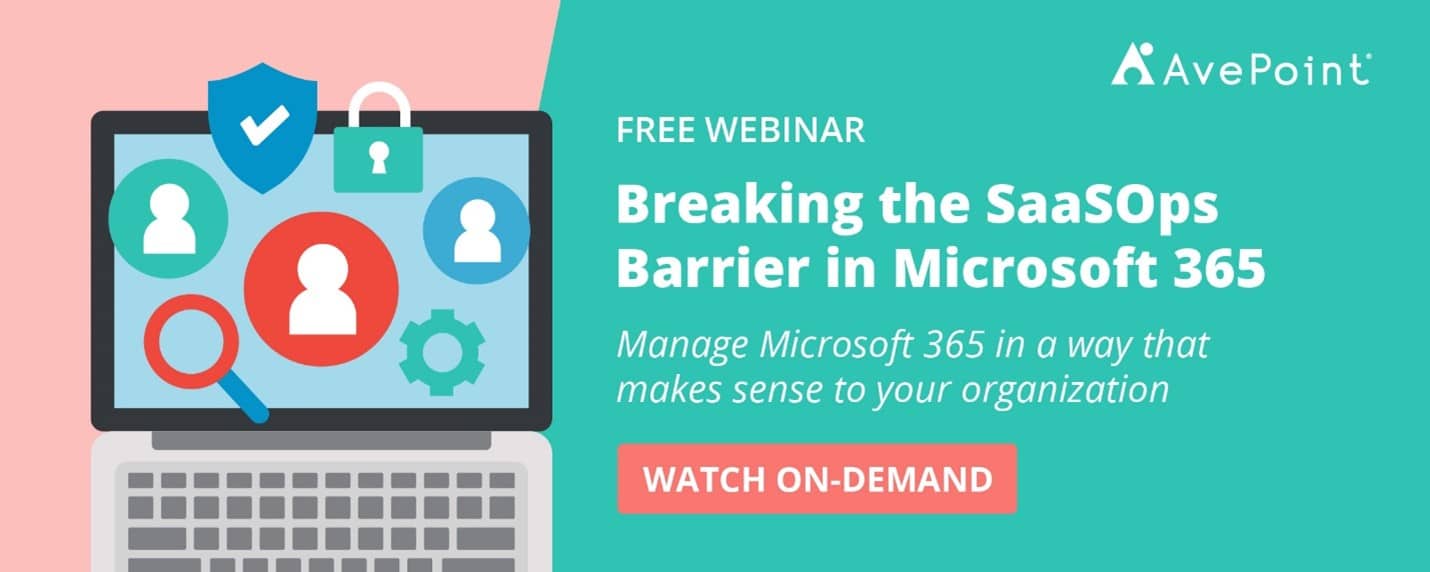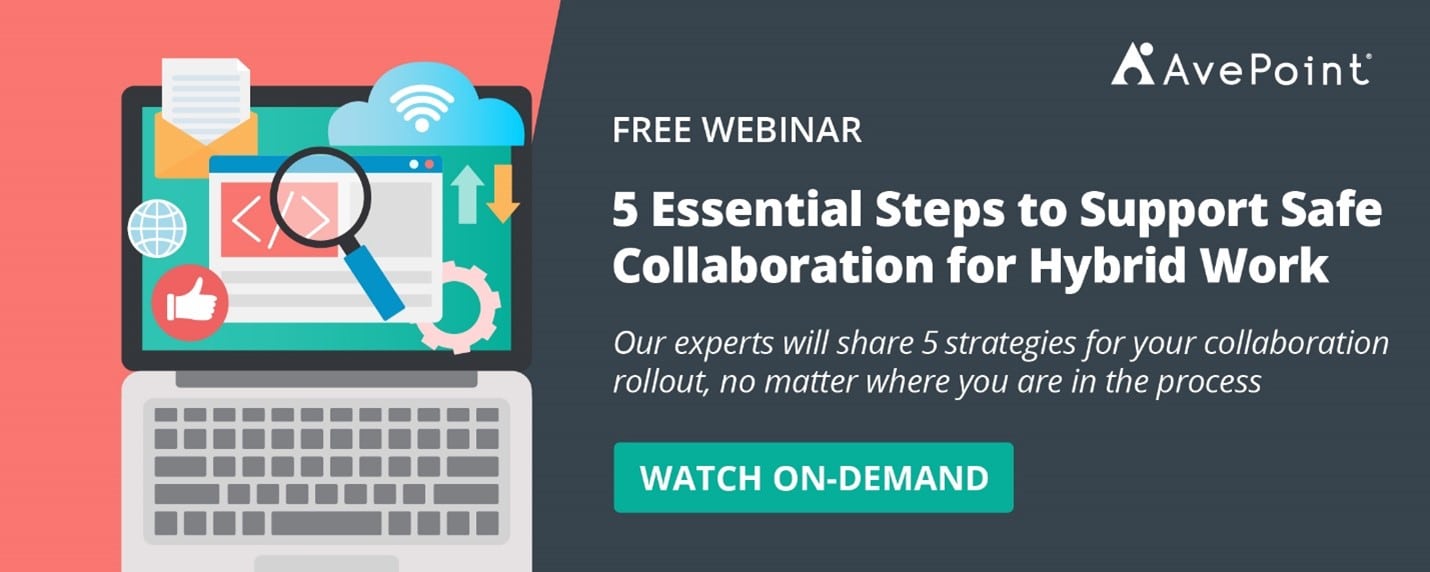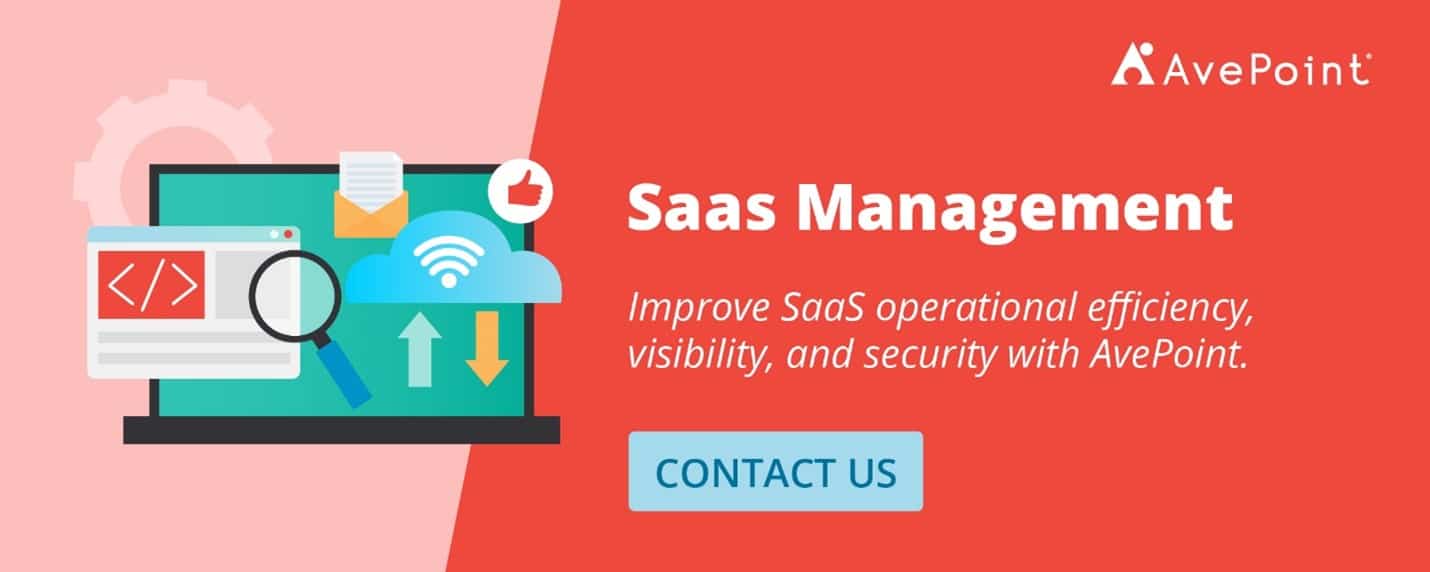As IT budgets reprioritize and business leaders face pressure to maximize digital investments, organizations look to SaaS management to bring order to what may be chaos in the ever-increasing number of SaaS applications.
Good SaaS management brings numerous benefits across the entire organization — increased scalability, enhanced security, improved utilization of software investments, and more – empowering leaders to align their SaaS usage with business goals and stay agile in a rapidly evolving digital landscape.
Because its impact is felt across the entire business, every member of the organization should also be involved in ensuring SaaS resources are utilized and maximized. Regardless of what department you belong to, you can help.
In this post about the importance of SaaS management, we’ll cover:
- Consequences of bad SaaS management
- SaaS management best practices
- Next steps
Consequences of Bad SaaS Management
Without the proper framework, it’s easy to get lost in the overwhelming management of multiple SaaS applications. To create the right strategy for managing your SaaS resources, you must start by understanding how different business leaders play a pivotal role in building a solid SaaS management plan. From there, you can use your best practices to improve cross-functional collaboration among your leaders and ultimately elevate your SaaS management.
Otherwise, your organization may encounter governance and security issues that will hamper your SaaS adoption and threaten your cloud environment:
CTOs and CIOs
C-level executives are responsible for strategic technology decisions and are the principal underwriters of SaaS procurement. Ensuring that digital investments are maximized will be a top priority to achieve cost-effectiveness and guarantee ROI. With bad SaaS management, CIOs and CTOs may lack oversight over their SaaS adoption, making it challenging to control and improve how users adopt SaaS resources. What this then all leads to are underutilization issues and wasted software expenditures, ultimately misaligning budgets with strategic goals.
IT Directors
IT directors are the main drivers of operational efficiency and successful scaling of digital investments. Without a proper SaaS management plan, it will be challenging to ensure seamless operations and efficient management of SaaS resources. This creates governance issues like sprawl, collaboration risks, shadow IT, and inefficient processes — potentially creating cybersecurity vulnerabilities in your environment.
Security Leaders
As other business leaders optimize business performance with the help of SaaS tools, security leaders ensure that your cloud environment remains safe and data stays secure. However, security leaders are now facing increasing cyber risks thanks to the ease of collaboration enabled by the cloud; the lack of a good SaaS management plan makes it easier for malicious actors to exploit vulnerabilities, as it’s challenging for security teams to close security gaps.
Because the entire organization can feel the consequences of a poorly built SaaS management framework, it’s up to leaders from across the organization to work together to fix it. Better yet, leaders can prevent these consequences if they follow SaaS management best practices from the get-go.
SaaS Management Best Practices
To mitigate the risks associated with poor SaaS management – and optimize SaaS operations in pursuit of efficiency – organizations should adopt the following best practices:
Delegate Administration
Delegated administration allows IT teams to assign SaaS management responsibilities to specific individuals or other teams, with each role and duty adequately defined. By granting granular admin permissions and having visibility and control over all your admin activities, you can ensure that your SaaS management responsibilities are efficiently and securely managed by the right people with the right access.
Automate Governance
You can further streamline your SaaS governance processes by automating your admin workflows, such as user provisioning and de-provisioning, license management, security controls, and more. Automated workflows ensure consistent enforcement of policies and reduce the risk of human error – all while saving time and money as your team can finally do away with repetitive and manual tasks and focus on more strategic functions.
Increase Visibility
Enable better control over your SaaS adoption by gaining real-time visibility into your SaaS usage, license utilization, and user activities. Whether through third-party centralized reporting and analytics tools or with basic admin center capabilities, getting an overview of your environment will help identify inefficiencies and potential security risks and allows organizations to identify underutilized resources, optimize software investments, and maintain compliance with regulatory requirements.
Audit and Regulate Controls
Regular audits and reviews of your security controls and permissions are necessary to maintain compliance with regulations and company policies. They help identify potential vulnerabilities or gaps in security, ensuring that the appropriate access controls and permissions are in place to protect sensitive data.
Assess and Manage Risks
Continuously assess the risks associated with SaaS applications, including data privacy, security vulnerabilities, and vendor dependencies. This involves evaluating SaaS vendors’ security and compliance capabilities, conducting risk assessments, and implementing appropriate controls to mitigate identified risks.
Conclusion and Next Steps
The success of your SaaS adoption will depend on how well your IT and business leaders work together in building and implementing the right SaaS management approach that makes sense to your organization. While the responsibility lies heavily on the IT team, ensuring that your SaaS resources are maximized still requires the active participation of everyone in your organization.
IT directors should establish sound operational practices, while technology officers should provide tools and solutions that simplify IT tasks and the management process. Information and security teams must ensure data protection and remain vigilant in monitoring and controlling access to SaaS applications.
By embracing a collaborative approach to SaaS management, organizations can mitigate risks, optimize costs, and efficiently utilize their SaaS investments.
AvePoint can further empower organizations with solutions that make managing multi-SaaS applications easy. Visit our SaaS Management page to learn more.





